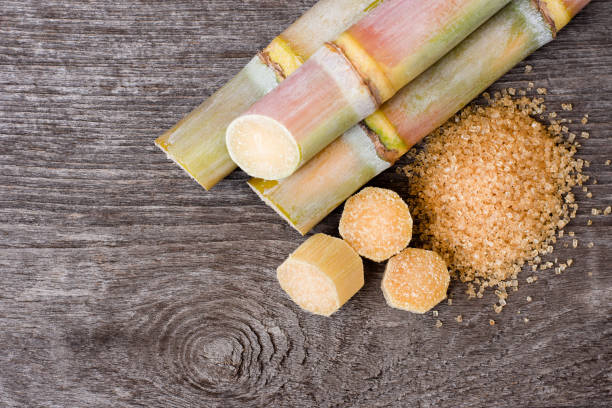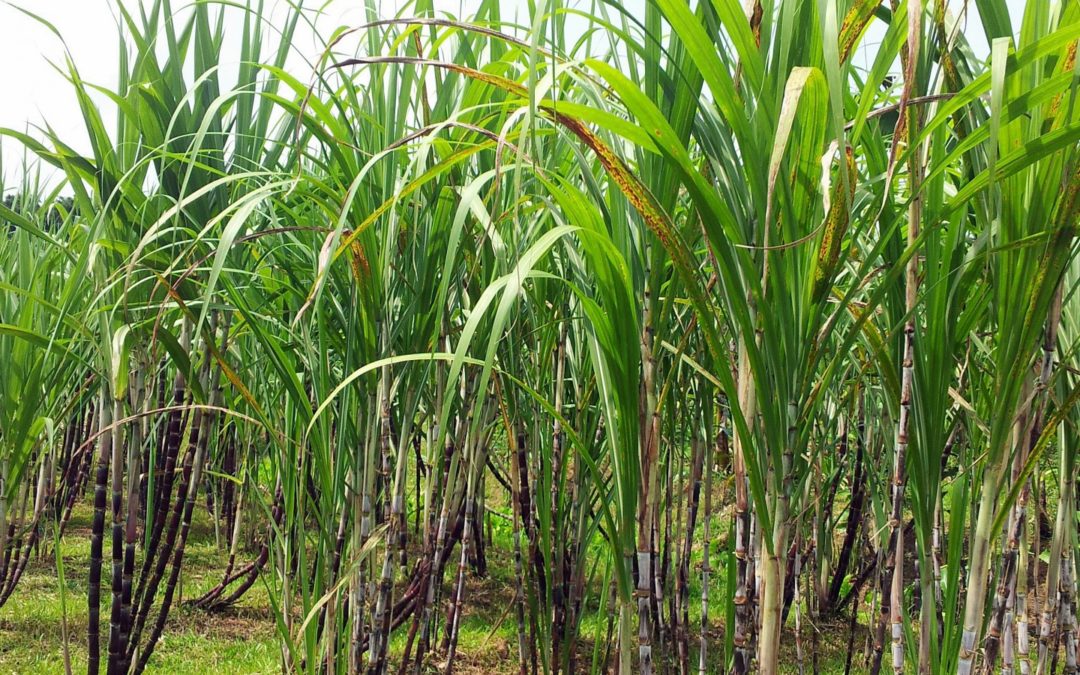The Environmental Impact of Growing Sugar and Cane in Various Regions
The Environmental Impact of Growing Sugar and Cane in Various Regions
Blog Article
Why Walking Stick Sugar Handling Chemicals Are Essential for Modern Sugar Refining
The role of walking stick sugar handling chemicals in modern sugar refining can not be overemphasized, as they are integral to improving both the efficiency of extraction and the total quality of the last product. Representatives such as phosphoric acid and specific flocculants are utilized to get rid of impurities, leading to sugar that not just meets consumer assumptions however additionally complies with market criteria. However, the effects of these chemicals extend beyond top quality, touching upon market dynamics and ecological factors to consider. This increases crucial questions regarding the sustainability of such methods and their influence on the future of sugar manufacturing.
Role of Processing Chemicals
The efficiency of walking cane sugar handling pivots significantly on the tactical application of processing chemicals. These chemicals play an essential duty in boosting the performance and top quality of sugar removal and refining. From the initial stages of juice extraction to the last purification actions, processing chemicals facilitate different essential operations.
In the extraction stage, chemicals such as phosphoric acid and calcium hydroxide are used to enhance the information process, aiding to get rid of contaminations and suspended solids from the cane juice. This not just boosts the yield but additionally makes sure the clarity of the end product. Additionally, representatives like flocculants aid in the quick settling of pollutants, thus improving the total process.
As the processing developments, chemicals are used in decolorization and condensation stages. Turned on carbon and ion exchange resins offer to get rid of shade and smell, ensuring that the polished sugar meets customer quality criteria. Eventually, the duty of processing chemicals expands beyond functional effectiveness; they significantly influence the sensory characteristics of the end product, adding to market competitiveness. Hence, the precise option and application of these chemicals are important for attaining optimal end results in walking cane sugar processing.
Secret Kinds Of Chemicals
Walking cane sugar processing relies on a range of crucial chemicals that facilitate each stage of production. These chemicals play crucial roles in clarifying, whitening, and cleansing the sugar removed from walking cane.
One primary category of chemicals consists of flocculants, such as polyacrylamide, which help in the information process by promoting the gathering and settling of impurities. Furthermore, calcium hydroxide is commonly utilized to counteract acidity and help in the elimination of non-sugar elements.
Whitening agents, such as activated carbon and sulfur dioxide, are made use of to decolorize the syrup, causing a more clear last item. These chemicals help remove shade substances that might impact the sugar's look and bankability.
In addition, phosphoric acid acts as a pH regulatory authority throughout the processing phases, ensuring optimal conditions for the enzymatic activities associated with sugar removal and filtration.
Various other essential agents consist of edta (ethylenediaminetetraacetic acid), which chelates metal ions that can militarize unfavorable reactions, and sodium hydroxide, which aids in pH control throughout the refining procedure. Collectively, these chemicals boost effectiveness and make sure a top quality cane sugar item.
Benefits for Sugar Top Quality
Commonly forgotten, the use of specific handling chemicals significantly boosts the total quality of walking cane sugar. These chemicals play a critical duty in refining procedures, making sure that the end product fulfills strict sector criteria for purity and preference.

In addition, processing chemicals assist in accomplishing a consistent granulation and structure, which are critical for customer approval. By controlling the crystallization procedure, these chemicals guarantee that the sugar crystals develop uniformly, resulting in an extra enticing item that dissolves well in various applications.
Furthermore, the use of these chemicals can improve the service life of walking cane sugar by lessening wetness absorption and microbial growth. Overall, the critical application of handling chemicals is necessary for providing premium cane sugar that fulfills customer expectations and industry needs.
Environmental Impact Factors To Consider

In addition, the energy-intensive nature of sugar refining, compounded by chemical usage, frequently leads to boosted carbon exhausts. This adds to climate modification and increases worries regarding the sustainability of current refining practices. go to the website Furthermore, the sourcing of these chemicals may include techniques that threaten biodiversity, such as monoculture farming, which minimizes the durability you could look here of agricultural ecological communities.

To minimize these influences, sugar refiners are significantly checking out sustainable choices and adopting best methods that reduce chemical usage. Carrying out extensive environmental management systems can aid make certain that the refining procedure lines up with environmental standards and advertises biodiversity. Eventually, a balanced technique that prioritizes both sugar quality and ecological stewardship is necessary for the long-lasting viability of the sugar sector.
Future Patterns in Refining
As the sugar sector comes to grips with the environmental obstacles related to traditional refining approaches, ingenious methods are arising to improve both efficiency and sustainability. One substantial pattern is the adoption of environment-friendly chemistry concepts, which prioritize using safe, naturally degradable processing chemicals. This change not only minimizes ecological effect but additionally addresses customer need for cleaner production methods.
An additional appealing development is the execution of sophisticated filtration technologies, such as membrane layer separation and adsorption processes. These strategies improve the quality and quality of the sugar while lowering the volume of wastewater produced during refining. Furthermore, the integration of digital modern technologies, including IoT and AI, is transforming functional efficiency by allowing real-time monitoring and anticipating maintenance, therefore reducing source waste.
Moreover, the use of spin-offs from sugar refining, such as bagasse and molasses, is obtaining traction. These products can be converted into biofuels or value-added items, adding to a circular economic situation within the industry. Jointly, these patterns indicate a shift towards more sustainable techniques that not just improve functional efficiency but also line up with worldwide sustainability objectives, making certain the future viability of sugar refining.
Conclusion
Cane sugar processing chemicals are vital in contemporary sugar refining, dramatically boosting the performance and top quality of sugar removal. The critical use these chemicals not just boosts the pureness and taste of the last item however likewise makes certain regular formation and appearance. As the sector significantly focuses on sustainability, the fostering of environmentally-friendly handling representatives is likely to shape future fads in refining, inevitably bring about better items and prolonged life span for consumers.

Inevitably, a well balanced method that focuses on both sugar high quality and ecological stewardship is vital for the lasting practicality of the sugar market.
Walking cane sugar handling chemicals are essential in modern-day sugar refining, significantly improving the effectiveness read this and high quality of sugar removal.
Report this page